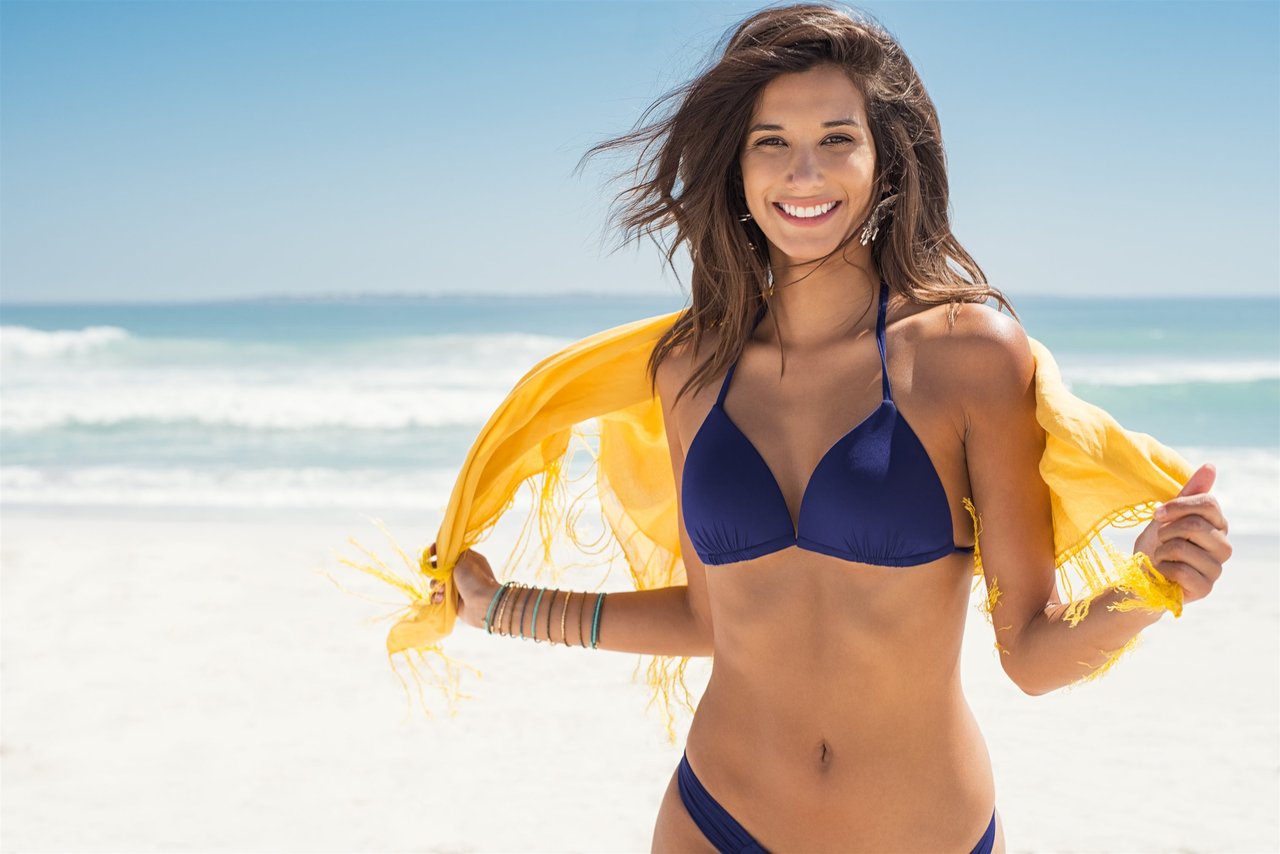Why Intersex Celebrities Matter for Visibility and Progress
There’s a quiet battle happening behind the sparkle of stage lights and the flash of cameras—one driven by the steady presence of intersex celebrities in public life. When an intersex public figure steps forward, they're not just living authentically; they’re shaking up how the world sees gender diversity and identity. Every headline, every red carpet stroll, every quote about lived experiences chips away at stereotypes that have kept conversations about the intersex community in the dark.
Visibility isn't about fame for its own sake. For those who realize they are intersex and secretly wonder, “Am I the only one?”—seeing famous intersex people in the spotlight means seeing hope. Intersex celebrities combat misinformation by sharing nuanced stories that go beyond the medical labels and the stigma that mainstream media too often relies on. From models like Hanne Gaby Odiele, who took a stand for medical consent, to runners like Caster Semenya facing regulation in sports, each person opens space for broader discussions and shatters the myth that difference must be hidden.
As conversations about intersex rights and visibility make their way into homes and classrooms, we start to see the power of intersectionality—where stories of gender blend with larger movements for LGBTQIA+ acceptance. Every authentic voice matters here. Celebrating famous intersex people is not just about acknowledgment. It’s about truth, survival, and the promise that the world can become safer for those who dare to be visible.
Famous Intersex People & Their Impact: Lessons From Real Lives
Across entertainment, journalism, fashion, sports, and activism, a growing number of intersex celebrities have refused silence. Each brings a different story, but together, they invite us to rethink everything we thought we knew about sex characteristics and gender. Knowing a few names is the beginning, but understanding what they faced—and what they changed—gives the movement its weight.
- Hanne Gaby Odiele, a model, took apart stigma by openly discussing her intersex status and launching advocacy around medical consent.
- Caster Semenya faced international regulation in the sports world, challenging how we measure and police bodies in competition.
- Pidgeon Pagonis, writer and activist, transformed lived trauma into community education through powerful storytelling and grassroots campaigns.
- Mauro Cabral Grinspan built bridges between international human rights and the practical needs of the intersex LGBTQ community.
- Annet Negesa risked her own career and safety to tell the world the truth about forced surgery in athletics.
- Hida Viloria turned their own journey into widely read books and public lectures on the meaning of visibility.
- Kimberly Zieselman leveraged her legal expertise to advocate for change—directing InterACT and shaping intersex legal battles in the US.
- Dutee Chand, Indian runner, fought and won against unfair rules in global track, paving the way for others.
Each of these famous intersex people does more than share a private fact—they pull back the curtain on a hidden reality. Their presence starts conversations about intersectionality, stigma, and the ways that systems still force silence. Moving deeper, the next sections look at their fields in detail: actors, writers, athletes, and advocates—each breaking a different barrier.






